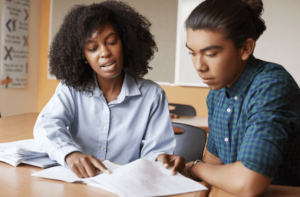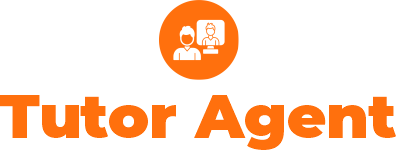Teaching and tutoring are pivotal in shaping young minds and fostering lifelong learning. In this blog post, we delve into the art and science of imparting knowledge, exploring effective strategies and methods for both educators and tutors to elevate their teaching game.

Understanding the Learning Process
Before diving into teaching strategies, it’s crucial to grasp how students learn. Exploring learning theories and understanding cognitive processes can guide educators and tutors in tailoring their approach to individual needs and enhancing comprehension.
Pedagogical Approaches
Pedagogy, a term encapsulating a wide array of teaching methods and philosophies, serves as the cornerstone of the educational realm. It involves not only the techniques and strategies employed by educators but also the underlying theories that shape their approach. Traditional pedagogy, deeply rooted in established educational practices, emphasizes teacher-centered instruction and structured curriculum. On the other hand, experiential pedagogy focuses on hands-on, immersive learning experiences that enable students to actively engage with the subject matter.
Creating Engaging Lesson Plans
Lesson planning stands as a true art within the realm of education, encompassing the intricate process of crafting a well-structured and purposeful learning experience. It is the amalgamation of various elements such as curriculum goals, targeted content, diverse activities, and thoughtful assessments. Each component plays a vital role in sculpting a lesson that not only imparts knowledge but sparks curiosity and inspires active participation.
Utilizing Technology in Education
The landscape of education has been dramatically reshaped by the advent of technology. The integration of various educational tools, platforms, and multimedia has ushered in a new era of learning, transcending the boundaries of traditional classroom settings. Technology doesn’t just engage students, but it taps into their digital native inclinations, stimulating their curiosity and enabling a dynamic and interactive learning experience.
Adapting to Diverse Learning Needs
Students have diverse learning styles, abilities, and preferences. Differentiated instruction allows educators and tutors to tailor teaching to meet these unique needs. Understanding how to differentiate instruction enables more effective teaching and improved academic outcomes.
Assessment and Feedback
Assessments and feedback form the bedrock of the learning process, providing essential insights into a student’s progress and understanding. Effective evaluation techniques, such as quizzes, exams, and project assessments, allow educators to gauge the level of comprehension and tailor teaching accordingly. Constructive feedback, delivered with clarity and specificity, guides students in identifying their strengths and areas for improvement, fostering a growth mindset. In the digital landscape, the importance of feedback extends to various domains, including online platforms like casino sites.
Fostering a Positive Learning Environment
Establishing a positive and inclusive learning environment stands as a fundamental pillar of effective teaching. It goes beyond the dissemination of knowledge; it’s about cultivating a space where every student feels valued, respected, and motivated to learn. A positive environment sets the stage for meaningful interactions, creating a sense of belonging and psychological safety.
Building Rapport with Students
At the heart of successful teaching and tutoring lies the establishment of robust teacher-student relationships. These relationships are not merely incidental but are foundational to a thriving educational experience. Cultivating a connection with students that is based on trust, respect, and understanding sets the stage for a classroom dynamic where learning becomes a collaborative and enjoyable venture.
Building trust with students involves being consistent, reliable, and keeping promises. When students perceive their educators as dependable, they feel secure in the learning environment and are more likely to engage actively. Respect, a two-way street, entails not only valuing students’ opinions and ideas but also setting clear expectations and boundaries. When these expectations are communicated and maintained, mutual respect is fostered. Additionally, demonstrating genuine interest in students’ lives, aspirations, and challenges further strengthens the teacher-student relationship.
Conclusion
Teaching and tutoring are transformative roles that shape the minds and futures of countless individuals. With a comprehensive understanding of effective teaching strategies, technology integration, and fostering positive learning environments, educators and tutors can maximize their impact and truly empower their students.




